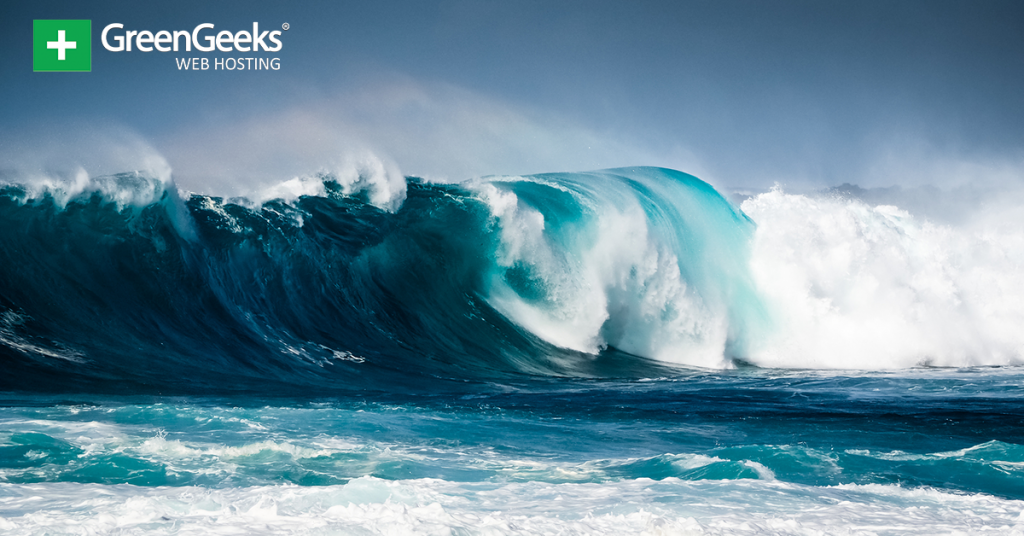Australia has heavily relied on coal for its main source of energy for decades. This is in large part due to the large natural reserves it has of the fossil fuel, which results in low prices. But, could tidal energy help reduce the country’s reliance on coal?
The country was devastated by the worst bushfire in its history in 2019, which was made worse as a result of climate change. Since then, many residents have made pleas for the government to reduce its coal usage, but they have fallen on deaf ears.
Tidal energy is a perfect source of renewable energy for Australia. Unlike solar and wind which are not always reliable, ocean tides are consistent and predictable. Thus, they are a reliable source of energy.
New and Expensive

Tidal, or mako, energy is a relatively new source of renewable energy. As a result, the technology still has a lot of room for improvement along with a hefty price tag. However, once it has been improved upon like solar and wind, it has the potential to power coastal regions.
And while it is a very slow process, Australia is increasing its renewable energy sector. In 2019, wind generation grew by 20% while solar grew by 23%.
Depending on the size and location, a Mako Turbine can cost between $20,000 and $70,000. These turbines can power up to 20 homes each and Australia has the perfect location to take advantage of tidal energy.
As tidal technology improves and gets cheaper, it will challenge the wind and solar era of renewable energy.
Not Perfect
While tidal power is extremely reliable since currents are 100% predictable, it does have one flaw. It is an underwater turbine, which means fish and other marine life could get caught in it. This is very similar to wind farms, which sometimes results in birds flying into the blades.
The effects on marine life have still not been studied enough to make a solid conclusion, though.


